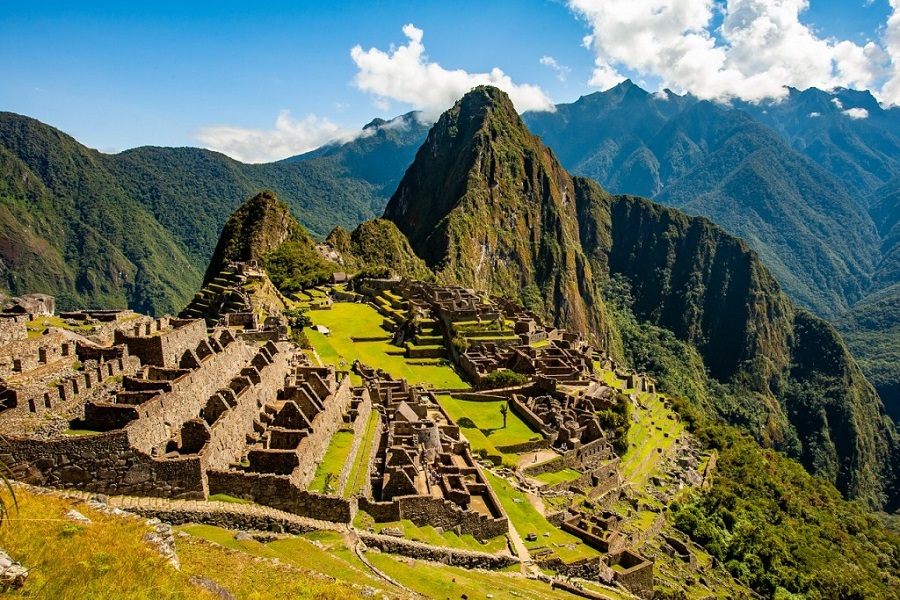RIO DE JANEIRO, BRAZIL – The achievement – the result of joint efforts by the public and private sectors and civil society – places the historic sanctuary at the forefront of sustainability and the fight against climate change.
The certification was granted on September 2 by the World Tourism Organization, through Green Initiative accreditation company. The commitment made is to reduce carbon emissions by 45% by 2030 and achieve zero net emissions by 2050, following the guidelines of the Paris Agreement.

The Peruvian government has been working on decarbonizing Machu Picchu since 2016, after a waste management crisis caused UNESCO to consider including the Inca city on the List of World Heritage Sites in Danger. Since then, a number of relevant actions were planned that led to the unprecedented certification.
MAIN INITIATIVES
One of the actions to reduce the carbon footprint was the implementation of a plastic waste compactor, which processes 7 tons per day. The infrastructure ensures that the waste left by the tourist activity will not compromise the landscape and the ecosystem of the region. Since December 2018, non-reusable plastics have also been banned from entering the Historic Sanctuary.
Another initiative related to the circular economy was the inauguration of a plant to convert oil into biodiesel and glycerin, installed in the Inkaterra Machu Picchu Pueblo Hotel, in order to prevent oil from leaking into the Vilcanota River.
The district of Machu Picchu also gained a pioneering project in Peru: the first organic waste treatment station by pyrolysis in the country. With capacity to process 8 tons of material, the structure uses innovative technology to perform chemical decomposition at high temperatures in the absence of oxygen, with no carbon emissions.
The process transforms waste into bio-coal, a natural fertilizer that will be used in the Sanctuary’s reforestation, another important action underway. One million trees will be planted, most of them native species.
The challenge is to recover degraded spaces in the region’s ecosystem, in an area equivalent to 779.42 hectares, in order to prevent natural disasters and restore biodiversity. The first 100,000 seedlings have now been planted in the Salkantay river basin.
In parallel, the city encourages environmental responsibility in the population’s daily life, through actions such as recycling campaigns, environmental education for children, encouraging walking and cycling, fire prevention, and activities focused on sustainability.
All initiatives are in line with the United Nations Sustainable Development Goals, particularly with Goal 12 (Responsible Production and Consumption) and Goal 13 (Climate Action), which promotes the mitigation of CO2 by offsetting and reducing emissions.

